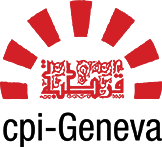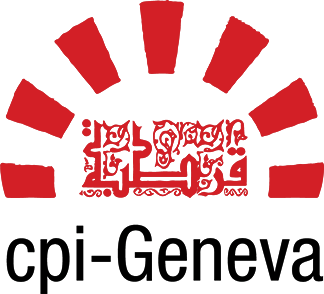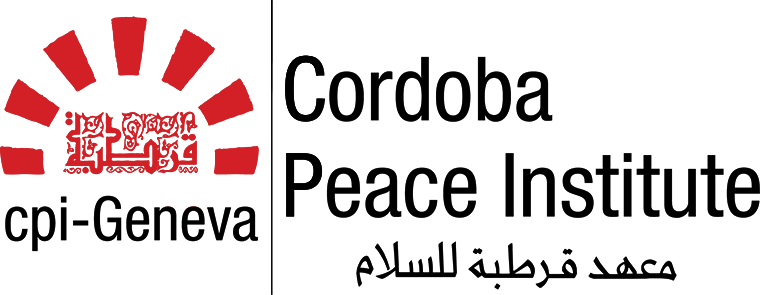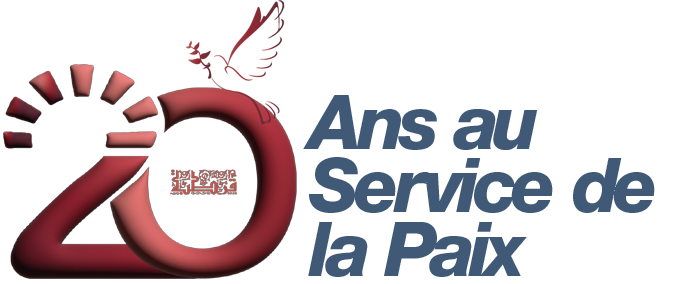Atelier de formation, 2004: Conflits et la résolution des conflits
L’atelier de formation organisé par le Centre d’Études des Conflits et de la Paix de la Fondation (Centre for Conflict and Peace Studies – CCPS), pour l’année 2004, porte sur le thème ” Working with Conflict “. Cet atelier a pour but d’aider les participants à se familiariser avec les concepts utilisés en polémologie, à maîtriser les outils d’analyse des conflits et les méthodes appropriées dans l’établissement d’une stratégie et d’un plan d’action lors de l’intervention dans un conflit.
| Date: | 8 février – 25 septembre 2004 |
| Horaire: | 14h00 – 18h00 |
| Lieu: | Bibliothèque de la Fondation |
2004 TRAINING WORKSHOP ON CONFLICT AND CONFLICT RESOLUTION
Based on “WORKING WITH CONFLICT: Skills and Strategies for Action”, published by Responding to Conflict Agency, Zed Books & RTC 2000.
I. ANALYSIS
1. Understanding conflict: Towards a Conceptual framework
- Making sense of conflict
(Perceptions, Conflict and violence) - Addressing conflict
(No conflict, Latent conflict, Open conflict, Surface conflict, Intensifying conflict, Escalating conflict, Suppressing conflict) - Differing approaches: to manage, resolve or transform conflict
(Conflict prevention, Conflict settlement, Conflict management, Conflict resolution, Conflict transformation) - Theories about the causes of conflict
(Community relations theory, Principled negotiation theory, Human needs theory, Identity theory, Intercultural miscommunication theory, Conflict transformation theory) - Violence is more than behaviour: it also involves context and attitudes
(Violence as context or structure, attitudes and values in relation to violence) - Violence and non violence as ways of bringing about change
(Coercive force, Total non violence, active non violence) - Peace as a process
(Peace-making, Peace-keeping, Peace-building)
2. Tools for Conflict Analysis
- Stages of conflict
(Pre-conflict, Confrontation, Crisis, Outcome, Post-conflict) - Timelines
(Events, Dates) - Conflict mapping
(Parties, Relationships) - The ABC triangle
(Attitudes-Behaviour-Context) - The Onion
(Needs-Interests-Positions) - The Conflict Tree
(Core problem, Causes, Effects) - Force-field analysis
(Positive and negatives forces) - Pillars
(causes of instability) - The Pyramid
(Stake-holders, Grass roots, middle and top levels)
3. Critical Issues
- Power
(Power through relationships, Power of veto, Hard and soft power, Sources of power, Power and accountability) - Culture
(Culture as a factor of conflict, Culture as a resource for peace-building, Culture, communication and disagreement, Human rights and culture, Religion and culture) - Identity
(Identity and conflict, Types of collective identity) - Gender
(Gender and conflict, Gender and violence) - Rights
(First-, second-, third-generation human rights, Basic rights, Rights and social relations, Rights and conflict)
II. STRATEGY
1. Building Strategies to Address Conflict
- Visions
(Building and sharing) - Multi-level triangles
(Key actors within and between levels) - Mapping for entry points
(Blockages, Marginalisation, Structures, Issues) - The Grid: ideas for work on conflict
(Conflict management work, Peace education and training, Mutual understanding work, Support for marginalized groups, Anti-intimidation work, Cultural traditions work, Justice and rights work, Political options work, Sectors, locations and level of work) - The Wheel
- Aid and conflict
- Mapping the impact of aid and development programmes on conflict
- The Strategy Circle
2. Influencing Policy
- The Values Tree: what you stand for
- Spectrum of strategic options
- A checklist for NGOs working in areas of conflict
- Assessing organisational capacity
- Helping individuals to change
III. ACTION
1. Intervening Directly in Conflict
- Non violence as an approach to conflict intervention
(Concerns for goals and relationships, Avoiding, Controlling, Compromising, Accommodating, Problem-solving) - Preparing for intervention
(Identifying and changing approaches to conflict, Identifying and reducing prejudice) - Awareness-raising and mobilisation for change
(Lobbying, Campaigning, Non violent direct action) - Prevention
(Preventing escalation) - Maintaining a presence
(Unarmed protection, Monitoring and observing) - Enabling a settlement
(Confidence-building, Facilitating dialogue, Negotiation, Mediation, Arbitration)
2. Addressing the Consequences
- Post-war reconstruction: combining physical and social aspects
- Psychological reconstruction: Helping individuals to deal with the past
(Trauma relief, Psychological debriefing) - Social reconstruction: building relationships
(Truth, Mercy, Justice, Reconciliation, Peace)
3. Working on the Social Fabric
- Education for peace and justice
- Promoting participation of people in decision-making
- Developing global governance
IV. LEARNING
Evaluation
- Impact assessment
- Indicators
- Key issues in evaluations
